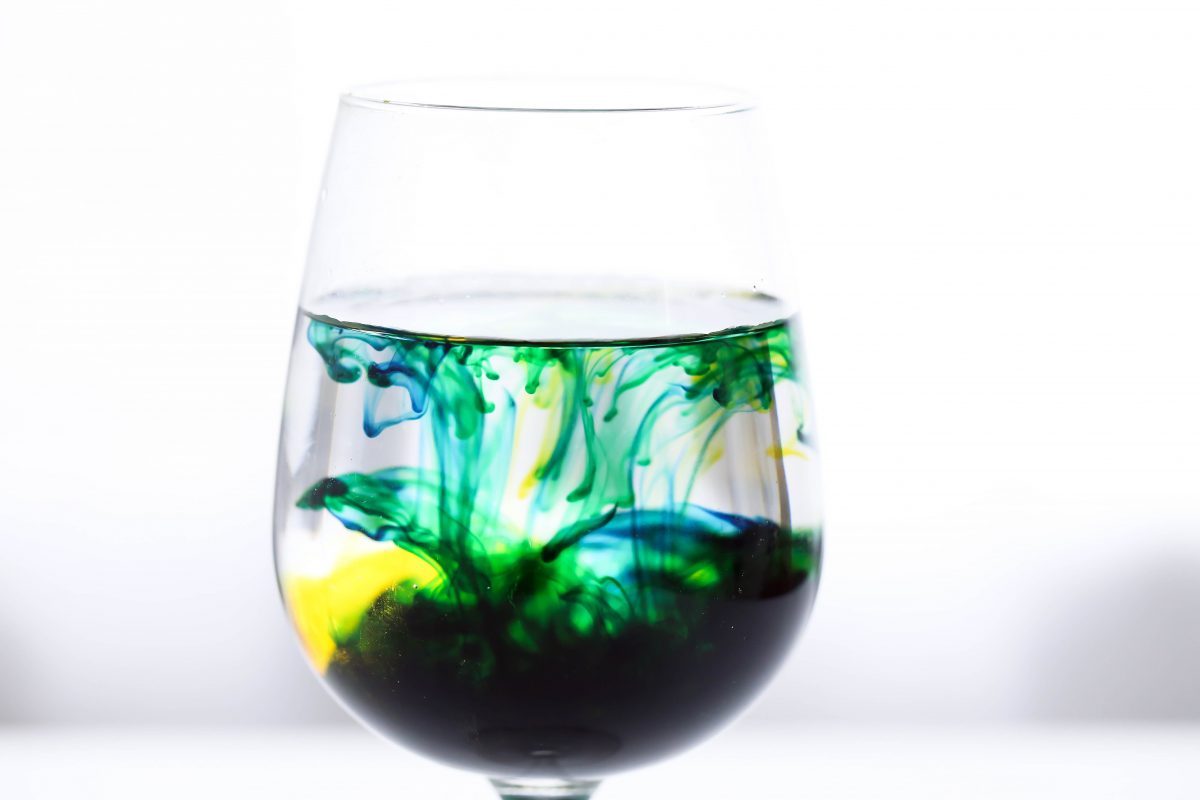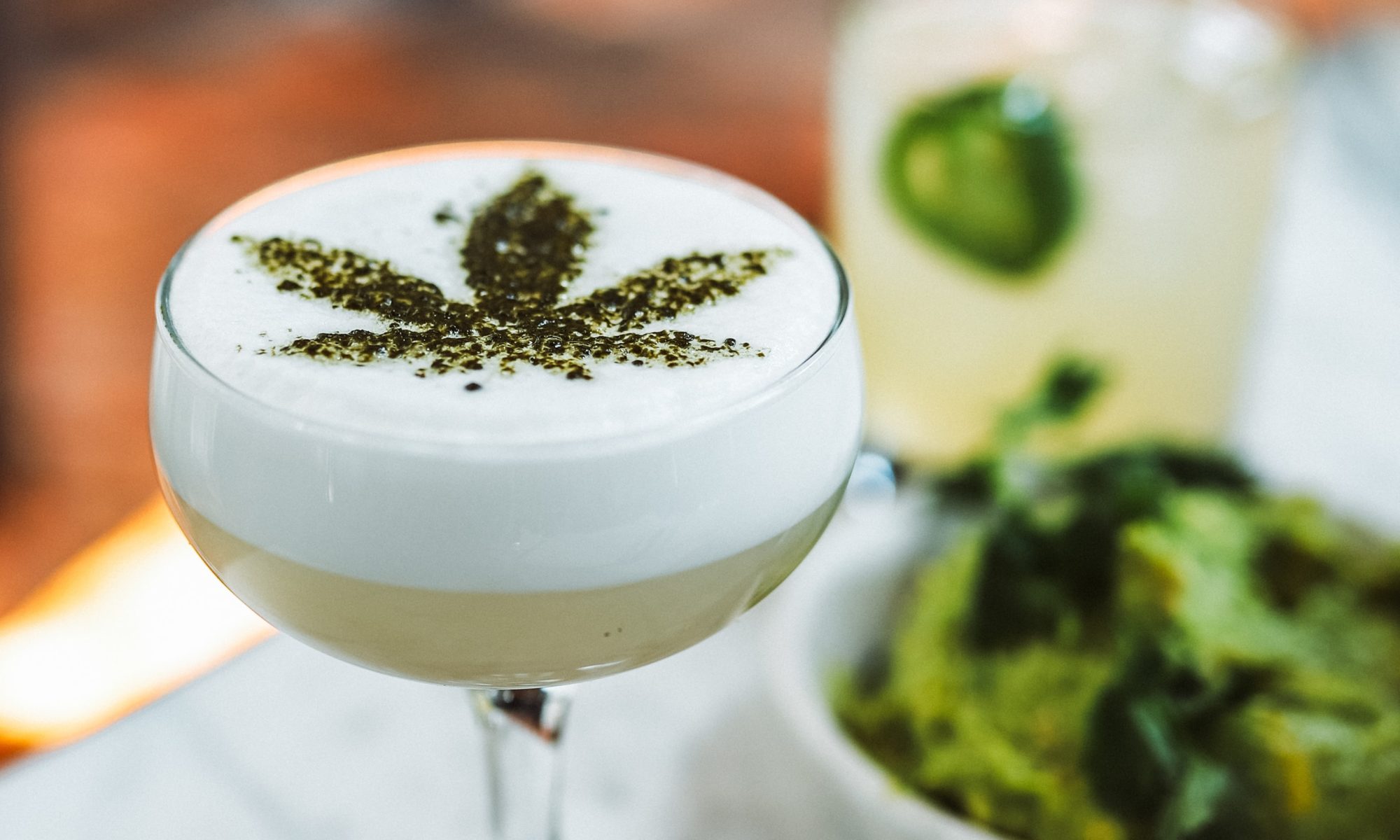Emulsification. If you’ve read any tech-related news about cannabis-infused products including beverages, you’ve probably come across the term “emulsification.” Emulsification refers to technology that converts oil-based cannabinoids into water-soluble emulsions.
Here, we’ll break down what that means and why is it important for product developers and consumers to understand its role when deciding to purchase an infused beverage or edible.
Distillation: The first step in making cannabinoids beverage-friendly
Distillation is the process of stripping away the cannabinoids from the plant material and terpenes, leaving pure, isolated cannabinoids that can then be emulsified and added to food and beverages. After the cannabinoids are extracted using extraction techniques like CO2 and ethanol, they are then refined to remove the waxes, lipids and other compounds that are part of the plant. Refinement is the process of activating the cannabinoids to bring out their effects. The resulting material is distilled again to remove the terpene and isolate the desired cannabinoid.
The bitterness of the distillate is a challenge for food and beverage manufacturers in the infused products space. This is why many beverages containing cannabinoids contain a lot of sugar and added flavors to mask the bitterness. When product developers choose to use a SōRSE emulsion, that bitterness is not an issue, as our technology provides a clean sensory experience with no cannabis taste or smell.
[Related Post: Why Do Cannabis Products Taste So Bad? (and What We’ve Done About it]
What is Emulsification?
The act of emulsification reduces a cannabinoid’s oils, or any oil for that matter, to very small, protected droplets. An emulsifier is brought into the equation so that the oil droplets will remain dispersed as individual droplets as opposed to grouping back together and separating from the water again. With this process, the new liquid is an oil and water combination that plays nicely together. In fact, when done correctly, the oil droplets prefer to be uniformly and equally distributed throughout the surrounding liquid.
If the cannabinoids were left in their-oil based state and a beverage product developer tried to add that oil to water, the oil would rise to the top. Not only would the first sip be a less than appealing one, the cannabinoids would not be evenly dispersed throughout the beverage, which is an important factor to consider for a safe, consistent experience.
An easy way to think about how emulsions behave is to imagine dropping food coloring into a glass of water. The color will eventually disperse evenly and completely transform the color of the water.
Most food and beverage product developers are likely familiar with liquid emulsions. Some companies also offer emulsions in powder forms – which can be added to baked goods, and other food items, and agglomerated powder, which are ideal for Ready To Mix beverages. The video below illustrates how easy it is to add SōRSE liquid and powder emulsions to water, and how uniformly they are distributed after stirring.
Important Considerations for Evaluating Emulsions
Safe Ingredients
It’s critical that emulsions are made using safe ingredients that are widely accepted by the food industry and commonly found in food products.
Homogeneity
Homogeneity means that the emulsion disperses evenly throughout the product; no separation will occur. You won’t find an oil layer at the top or sedimentation at the bottom. The contents of the emulsion will be distributed evenly and uniformly.
Stability
It’s important that an emulsion remain stable over the life of the product for a consistent consumer experience. SōRSE emulsion has proven to remain stable for 12 months.
Accurate Dosing
If an emulsion is homogeneous and stable, this will allow for accurate label claims and near-perfect dosing. This is critical for ensuring consumer trust in the product. If a buyer is purchasing a beverage with 30mg of CBD, they want to be sure they are getting what they pay for.
Sensory
When it comes to infused products, the sensory experience is everything. If a beverage or food item doesn’t smell good, the consumer likely won’t try it. If the product doesn’t taste good, the consumer won’t purchase it again. Emulsion technology masks the bitter, grassy notes that come with cannabinoids, resulting in a pleasant sensory experience. Emulsion technology also allows product developers to enhance their product’s flavor profile by utilizing terpenes and other flavors.
Bioavailability
Bioavailability refers to the body’s ability to absorb the cannabinoids in the emulsion. Emulsion technology blankets the small particles of cannabinoids, which allows the body to absorb them more quickly and more completely. This results in feeling the effects faster, usually between 10 – 20 minutes.
Proven in Market
When product developers are evaluating emulsions, and consumers are evaluating products utilizing emulsion technology, it’s important to look at the emulsion company’s track record. For example, SōRSE is currently powering over 75 market-leading products, from beverages to chocolate to energy bars. Many of SoRSE’s customers include the “Powered by SōRSE” moniker on their packaging, because it represents safety, quality, consistency, and accuracy.
Cannabis Emulsion Partners
Emulsions are not new in the food and beverage industry, but not all emulsions are created equal. If you are a product developer planning to launch an infused product, beer, or similar and are looking for a trusted supplier and a valuable partner in your journey to market, come to the SōRSE and schedule an exploratory call today.





